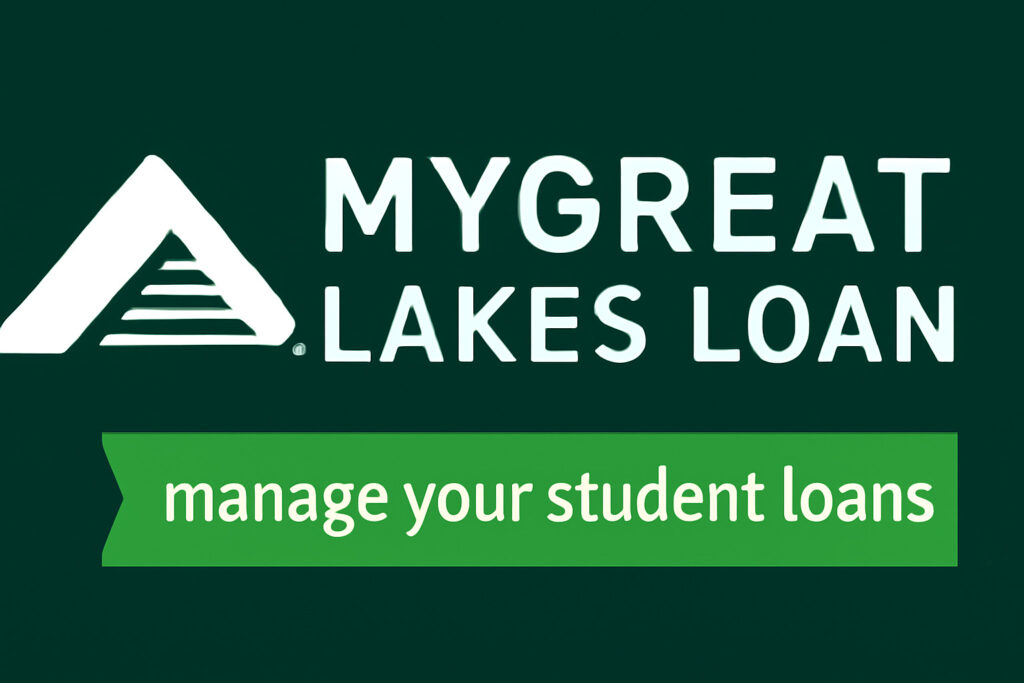For millions of American students and graduates, managing student loans is a crucial part of their financial journey. Among the key players in this space is GreatLakes, also known through its online platform as MyGreatLakes. GreatLakes Loans were once serviced under one of the largest federal student loan servicers in the United States. This article will explore everything you need to know about GreatLakes loans, from the MyGreatLakes portal to repayment plans, forgiveness options, and transitioning to other servicers.
What Is mygreatlakes?
GreatLakes Educational Loan Services, Inc., commonly referred to as GreatLakes, was one of the primary federal student loan servicers in the U.S., operating under a contract with the U.S. Department of Education. The company handled billing, repayment plans, and general customer service for both subsidized and unsubsidized federal loans.
As part of the federal loan servicing system, MyGreatLakes provided an online portal for borrowers to manage their loans efficiently. Borrowers could log in to check balances, make payments, apply for repayment plans, and get support.
What Is MyGreatLakes?
MyGreatLakes.org was the official website for managing your federal student loans with GreatLakes. While GreatLakes is no longer an active servicer as of 2023, many borrowers still search for MyGreatLakes because their loans were historically managed through this platform.
The MyGreatLakes login allowed users to:
- View loan balances and interest rates
- Make payments or set up autopay
- Download tax documents (e.g., 1098-E)
- Apply for income-driven repayment plans
- Request deferment or forbearance
- Contact customer service
Even though MyGreatLakes has been phased out for most users, understanding how it worked is useful for managing student loan history and transitions to new servicers.
Transition from mygreatlakes to Nelnet
As part of a restructuring by the Department of Education, GreatLakes transferred all of its federal student loan accounts to Nelnet, another major student loan servicer. This move was completed by mid-2023.
If your loans were serviced through MyGreatLakes, you should now manage them via Nelnet.com. Borrowers were supposed to receive emails and physical mail notifications about the transition. If you haven’t logged into your account recently, it’s recommended that you visit Nelnet and create a new login if needed.
Important Tip: Even though your loan was transferred, your terms, interest rate, and payment schedule remained the same.
How to Access Your Student Loan Information Now
Since MyGreatLakes is no longer in service, here’s how you can access your student loan information:
1. Federal Student Aid (FSA) Website
Visit https://studentaid.gov and log in using your FSA ID. This platform provides a comprehensive overview of all your federal student loans, their current servicers, and account status.
2. Nelnet Login
If your loans were previously with GreatLakes, they are likely now with Nelnet. Go to https://www.nelnet.com to create or access your account.
Repayment Plans Previously Offered Through MyGreatLakes
During its active years, MyGreatLakes supported all federal student loan repayment options, including:
- Standard Repayment Plan – Fixed monthly payments over 10 years
- Graduated Repayment Plan – Payments start low and increase over time
- Extended Repayment Plan – Payments extended up to 25 years
- Income-Driven Repayment Plans (IDR)
- Income-Based Repayment (IBR)
- Pay As You Earn (PAYE)
- Revised Pay As You Earn (REPAYE)
- Income-Contingent Repayment (ICR)
These plans are still available under Nelnet and other federal servicers, so you can switch or reapply if your income situation changes.
mygreatlakes Loan Forgiveness Options
If your loans were managed through MyGreatLakes and you’re eligible for forgiveness programs, you can still pursue them under your new servicer:
1. Public Service Loan Forgiveness (PSLF)
Borrowers working in government or nonprofit sectors may qualify for loan forgiveness after 120 qualifying payments.
2. Teacher Loan Forgiveness
Teachers working in low-income schools may qualify for up to $17,500 in forgiveness.
3. IDR Forgiveness
After 20–25 years of payments under an income-driven repayment plan, the remaining balance may be forgiven.
What to Do if You Can’t Pay
If you were unable to make payments under the MyGreatLakes platform or now with Nelnet, you have several options:
- Deferment or Forbearance: Temporarily postpone payments without penalty (interest may still accrue).
- Switching Repayment Plans: Opt for an income-driven plan with lower payments.
- Loan Consolidation: Combine multiple loans into one, potentially lowering monthly payments.
- Contact Customer Support: Always reach out to your current loan servicer to explore available solutions.
mygreatlakes Protecting Yourself from Student Loan Scams
Since many borrowers still search for MyGreatLakes, scammers often create fake websites or emails to steal your information. Always:
- Use official government or servicer websites
- Never share your FSA ID or password with third parties
- Report suspicious activity to https://studentaid.gov
FAQs About GreatLakes and MyGreatLakes
Is MyGreatLakes still active?
No, MyGreatLakes is no longer an active loan servicing platform. Loans have been transferred to Nelnet.
Where can I log in to see my old GreatLakes loans?
You can view your loan history at StudentAid.gov or through your new servicer, typically Nelnet.
Do I need to take any action due to the transfer?
Yes, set up a new account with your current servicer (e.g., Nelnet) and update your contact and payment information.
mygreatlakes Final Thoughts
While GreatLakes Loans and the MyGreatLakes platform are no longer operational, understanding how they worked is important for borrowers managing their student loan history and repayment journey. Whether you were recently transferred to Nelnet or are preparing for student loan repayment again, staying informed and proactive is key.
Always log into your Federal Student Aid account to monitor your loans and servicers. And remember, although MyGreatLakes has phased out, the goal of simplifying student loan management continues with new platforms and evolving borrower tools.


